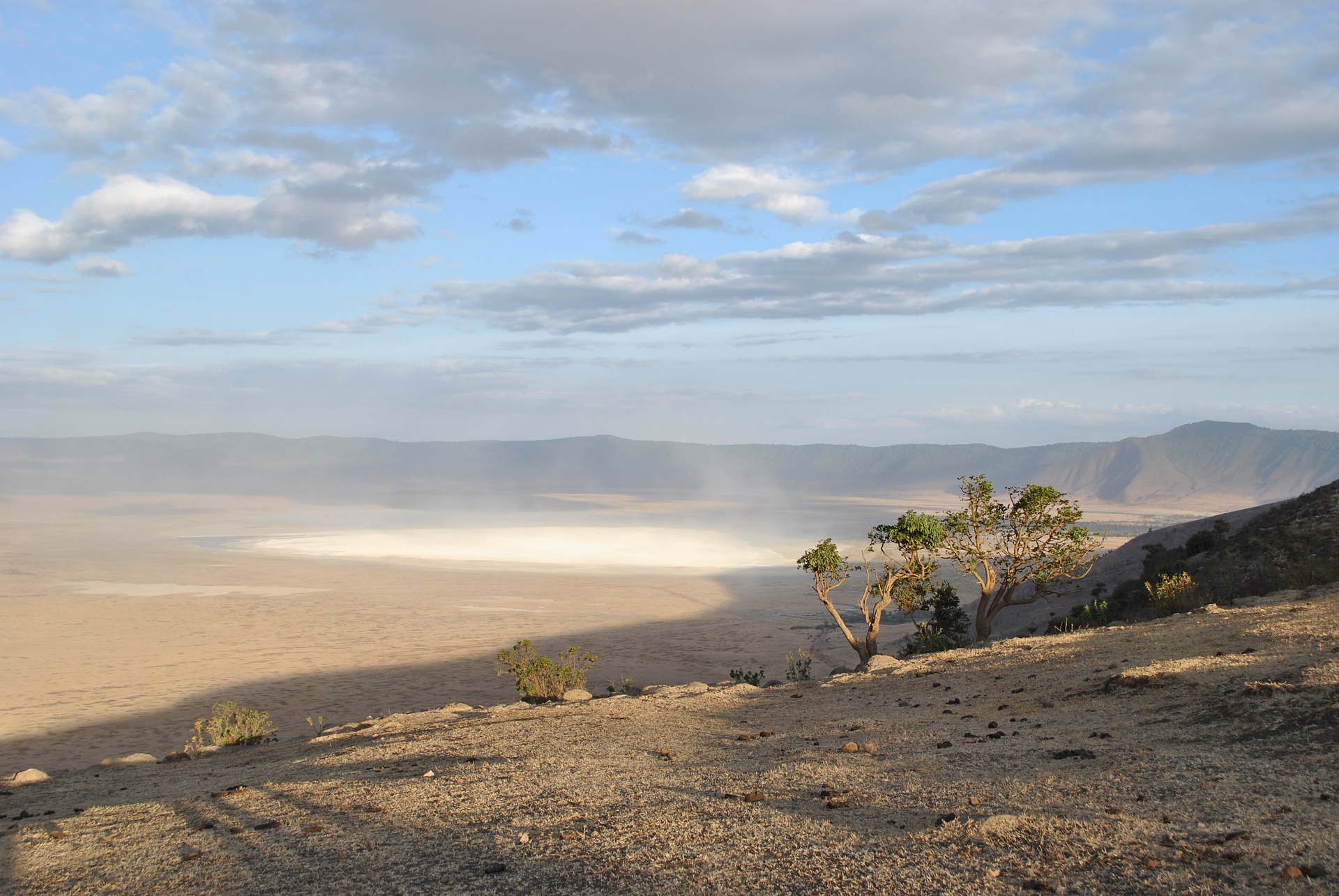- +256 783 100 633
- info@footprintssafaris.co.ug
- Plot 6, seventh street Sms house suite 315
Tanzania Safaris

01
Serengeti
Perhaps no place is more synonymous with safaris than the Serengeti. When most people think of the Serengeti they think of the seemingly endless savannah plains which are home to the Great Migration – herds of wildebeest and zebras in their millions, immortalised in many nature documentaries.
02
Ngorongoro Crater
The world-famous Ngorongoro Crater is one of the highlights of an East African safari. The crater is an ancient caldera formed 3 million years ago by a collapsing volcano. The breath-taking sides of the crater, as well as its picturesque lake, make an impressive backdrop against which to enjoy game drives.


03
Tarangire National Park
The Tarangire National Park is a popular stop on Tanzania’s northern circuit. The park is famous for its landscape which is dotted with huge baobab trees. It is also known for its many herds of elephants, especially in the dry winter months when the Tarangire River is one of the only sources of water in the region and large concentrations of wildlife gather.
04
Lake Manyara National Park
Lake Manyara lies between Ngorongoro and Tarangire. Described as “the loveliest sight in Africa”
this picturesque park is dominated by the 300km square lake Manyara. This soda lake attracts thousands of greater and lesser flamingos which turn the edges of the lake a vibrant pink colour.

05
Selous
Far less visited than Tanzania’s northern circuit, the Selous Game Reserve is Tanzania’s largest conservation area at fifty-four thousand square kilometres it is three times larger than the Serengeti and is the largest protected area on the African continent.
06
Ruaha National Park
One of the best-kept secrets of East Africa, Ruaha National Park is only accessible by plane. A remote wilderness area, it has unique habitats which are home to a mix of animals from East Africa but also animals found in southern Africa such as roan and sable antelope, greater and lesser kudu antelope.


07
Zanzibar
Most people think of Zanzibar as an island, but it is an archipelago of four islands. The largest, called Unguja, is generally referred to as Zanzibar. The archipelago is semi-autonomous but falls under Tanzania.
08
Mount Kilimanjaro
With its snow-capped peak, Mount Kilimanjaro is the highest mountain in Africa, and the highest freestanding mountain in the world at 5,895m or 19,341 feet. Every year many people take on the challenge of trying to trek to its peak at Uhuru. There are several different routes which guests can take to attempt to summit the mountain.


09
Mount Meru
Tanzania’s second-highest peak is Mount Meru (4,566m) which is situated in the Arusha National Park. It is a volcano and has the classic cone shape associated with them. It was last active 100 years ago and is thought to have had a major eruption 8000 years ago which created the rich fertile soil in the region which support diverse flora and fauna.
10
Mahale National Park
On the eastern shores of Lake Tanganyika lies the Mahale Mountain range, which is home the world’s largest remaining population of chimpanzees. This remote destination is far less visited than the frenetic northern safari circuit. The park is reached by plane or boat via Lake Tanganyika.

Professional Consultation
